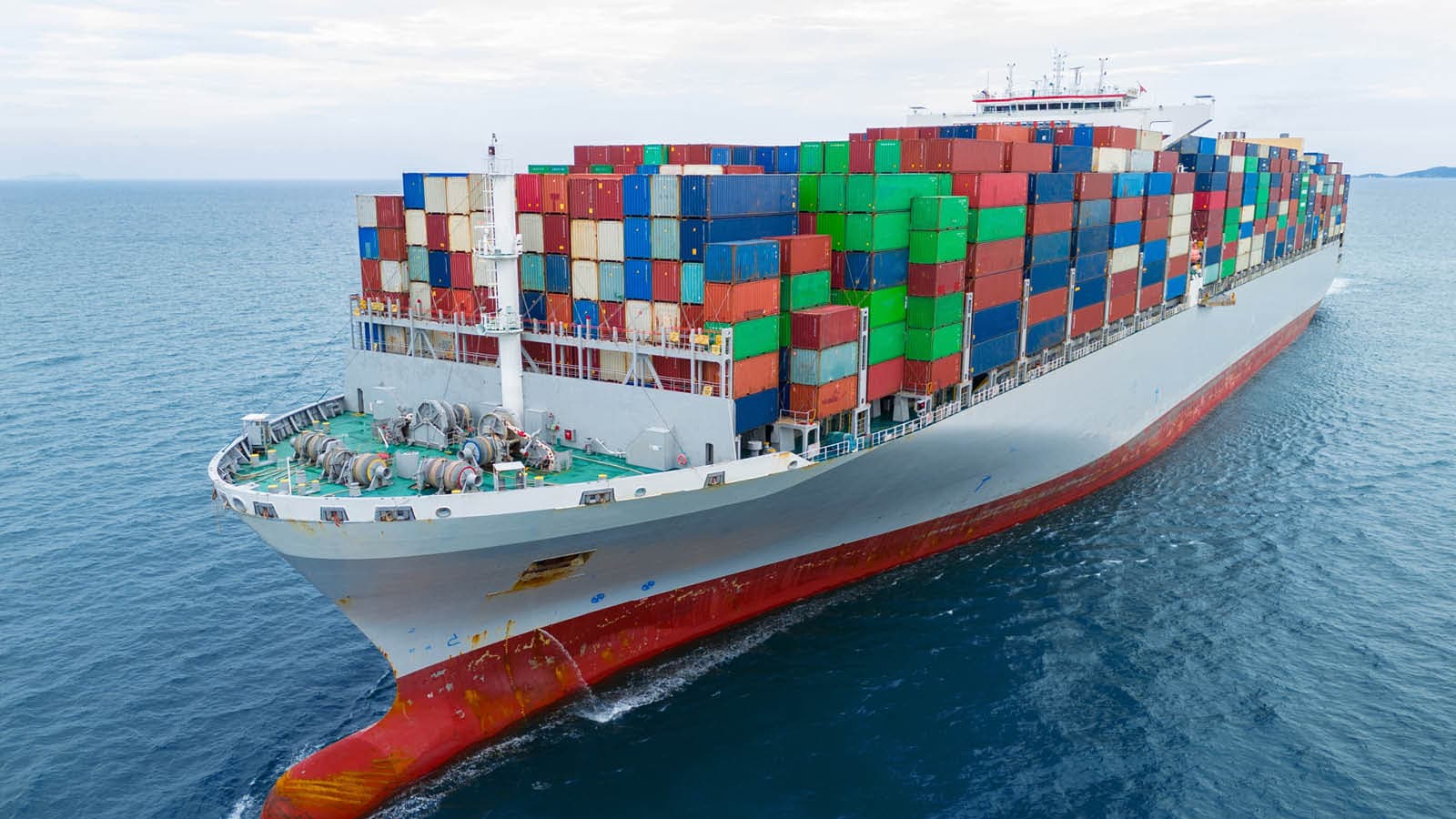Given the ongoing shifts in US trade policy and the rapid pace of change surrounding tariff implementation — as well as broader developments in international trade and tax policy — here is our latest weekly update on tariffs, global tax and more.

The week in summary
This week marked a significant shift in US trade policy with two major developments.
New Executive Order on tariffs
A new Executive Order from the White House aims to address the cumulative effect of overlapping tariff orders issued in recent months. Effective retroactively from 4 March 2025, the Executive Order seeks to limit how multiple tariffs can stack when applied to a single article.
The following rules now apply:
- Automotive tariffs: If a product is subject to automotive tariffs (e.g. under Section 232 national security measures), tariffs linked to trade actions against Canada or Mexico and steel/aluminium tariffs will not apply.
- Canada and Mexico tariffs: If a product is subject to tariffs linked to trade actions against Canada or Mexico, steel/aluminium tariffs will not apply.
- Steel and aluminium tariffs: Steel and aluminium tariffs can still stack with each other, but only where specific conditions are met.
- Other tariffs: Tariffs imposed under other authorities like anti-dumping, countervailing duties, and Section 301 (used primarily in US-China trade actions) will continue to stack unless explicitly excluded.
Importers can request refunds for any inappropriately stacked tariffs through standard channels like Post Summary Corrections.
Changes to duty-free treatment
Effective 2 May 2025, the US will eliminate duty-free de minimis treatment for goods from China and Hong Kong. This means shipments previously allowed in duty-free if valued under $800 will now require formal customs entry and be subject to all applicable tariffs and fees.
Despite these tightening measures, President Trump hinted at a potential shift in tone, stating, “I believe a tariff deal with China could happen pretty quickly”. While no formal developments have followed, the comment suggests openness to negotiation.
Meanwhile, based on publicly available information, it appears that China is selectively exempting certain US goods from its 125% retaliatory tariffs, reportedly focusing on semiconductors, pharmaceuticals and aerospace sectors where Chinese alternatives remain limited. Consultations with domestic industries are ongoing.
Pharmaceutical sector
As tensions continue to rise over potential US tariffs on pharmaceutical imports, there have been no major updates this week regarding the Section 232 investigation which remains ongoing. The public comment period remains open until 7 May 2025, providing industry stakeholders the opportunity to voice their concerns.
Aviation industry
Recent developments continue to highlight the strain tariffs are placing on the aerospace and aircraft leasing sectors. In the past week, Chinese authorities confirmed that tariffs have "severely affected" aircraft orders from US manufacturers, with several Boeing 737 MAX deliveries now reportedly diverted back to the US after being declined by Chinese airlines. In response, China has moved to ease some of the pressure by issuing tariff exemptions on selected aircraft components, including engines and landing gear.
On the US side, leasing companies and suppliers are continuing to flag rising input costs and delivery delays, particularly on routes involving China. As the industry prepares for a rebound in global demand, the combination of elevated costs and shifting supply chains remains front of mind, particularly for firms with exposure to both Asian and transatlantic markets.
How we can help
Keeping up to date with the policies and tariff measures is crucial to assessing the risk to your supply chain and the impact these tariffs may have. Understanding your product portfolio and the impact that tariffs may have on your imports is an important first step. We are here to support your business with this analysis and navigating these choppy waters.
Tax Services
Driving compliance and efficiency throughout your business.
Contact us













Menu